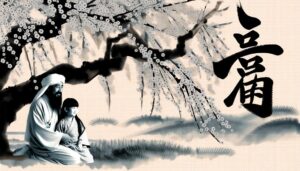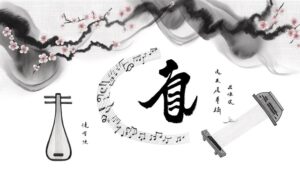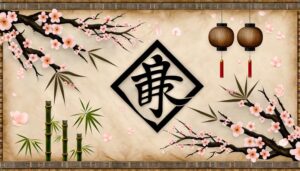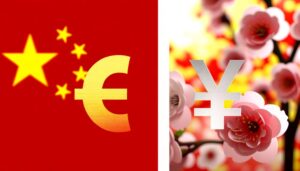What Is the Chinese Symbol for New Beginning?
The Chinese symbol for a new beginning embodies renewal, hope, and transformation. Rooted in the concepts of yin and yang, it underscores the cyclical nature of life.
Historically, it evolved alongside agricultural cycles and dynastic shifts, representing enduring adaptability. Culturally, it resonates with Confucian and Daoist principles, signifying moral rejuvenation and life's dynamic essence.
In modern times, the symbol inspires personal growth, entrepreneurial resilience, and societal progress, reflecting a blend of tradition and innovation. Embedded in celebrations like the Lunar New Year, it marks a period for reflection and setting new goals.
To understand its deep-seated cultural significance and practical applications, consider the broader historical and philosophical contexts.
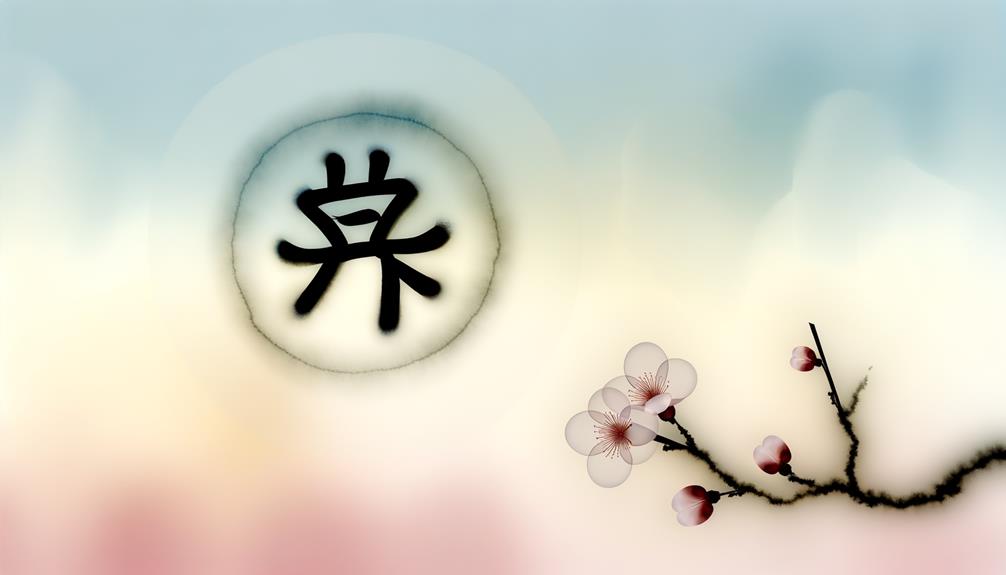
Key Takeaways
- The Chinese symbol for a new beginning signifies renewal, hope, and the cyclical nature of life.
- It reflects the yin and yang philosophy, symbolizing transformation and infinite potential.
- Historically tied to agricultural cycles and dynastic changes, it represents societal and personal rejuvenation.
- In modern contexts, the symbol embodies resilience, innovation, and progress in personal and professional realms.
- The symbol is prominently featured in Chinese cultural practices, especially during the Lunar New Year, encouraging reflection and new aspirations.
Meaning of the Symbol
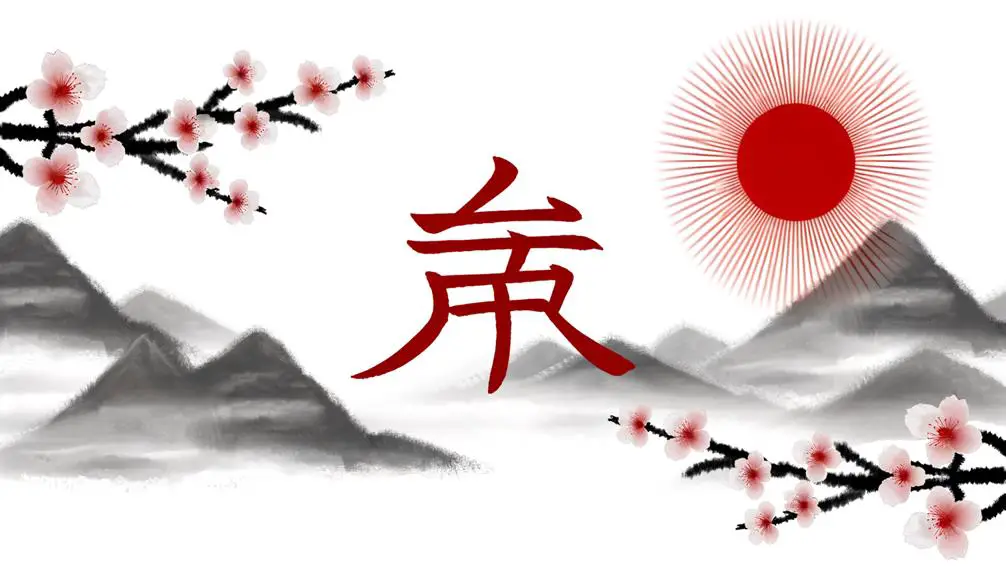
The Chinese symbol for 'new beginning' (新开始, xīn kāishǐ) embodies profound cultural significance, representing renewal, hope, and the cyclical nature of life.
In Chinese philosophy, this symbol is intrinsically tied to the concepts of yin and yang, encapsulating the idea that every end is a precursor to a new start.
The character 新 (xīn) signifies 'new' or 'fresh,' while 开始 (kāishǐ) translates to 'beginning' or 'commencement,' together forming a potent expression of transformation and infinite potential.
This symbolism permeates various aspects of Chinese cultural practices, from New Year celebrations to personal milestones, underscoring the collective belief in rejuvenation and continual progress.
It reflects an enduring optimism and the inherent dynamism of existence.
Historical Background
Rooted in ancient Chinese traditions, the symbol for 'new beginning' (新开始, xīn kāishǐ) has evolved through millennia to encapsulate the philosophical and cultural ethos of renewal and transformation. The origins of this symbol can be traced back to early Chinese dynasties, where it was intertwined with agricultural cycles and dynastic changes, reflecting a profound understanding of cyclical time and rebirth. The development of the character 新 (xīn) and its companion 开始 (kāishǐ) is documented in historical texts, illustrating their etymological journey.
| Time Period | Development |
|---|---|
| Shang Dynasty | Early ideographic forms |
| Han Dynasty | Standardization in script |
| Modern Era | Simplification and adaptation |
These stages highlight the symbol's enduring presence and its adaptability to various historical contexts.
Cultural Significance

In the tapestry of Chinese culture, the symbol for 'new beginning' (新开始, xīn kāishǐ) serves as a profound emblem of renewal, embodying philosophical tenets and societal values that have been revered for centuries.
Rooted in Confucian ideals, the concept signifies moral rejuvenation and the pursuit of self-improvement. It also resonates with Daoist principles, emphasizing the cyclical nature of life and the potential for transformation.
This symbol is deeply woven into Chinese celebrations such as the Lunar New Year, where it marks a time for reflection, forgiveness, and setting new aspirations. Additionally, it is embedded in rites of passage, underscoring the importance of personal growth and the perpetual quest for harmony and balance in one's life.
Modern Interpretations
Building upon its rich cultural heritage, the symbol for 'new beginning' (新开始, xīn kāishǐ) has evolved to acquire nuanced interpretations in contemporary Chinese society.
In the modern context, it transcends traditional connotations and is often associated with personal growth, entrepreneurial ventures, and societal transformation. The symbol is imbued with a sense of resilience and optimism, reflecting an adaptive spirit in rapidly changing environments. It resonates strongly in urban settings where individuals seek to redefine their identities and aspirations.
Moreover, in the digital age, xīn kāishǐ is frequently invoked in social media and popular culture, symbolizing a collective yearning for innovation and progress. This evolution underscores the dynamic interplay between tradition and modernity in Chinese culture.
Practical Applications
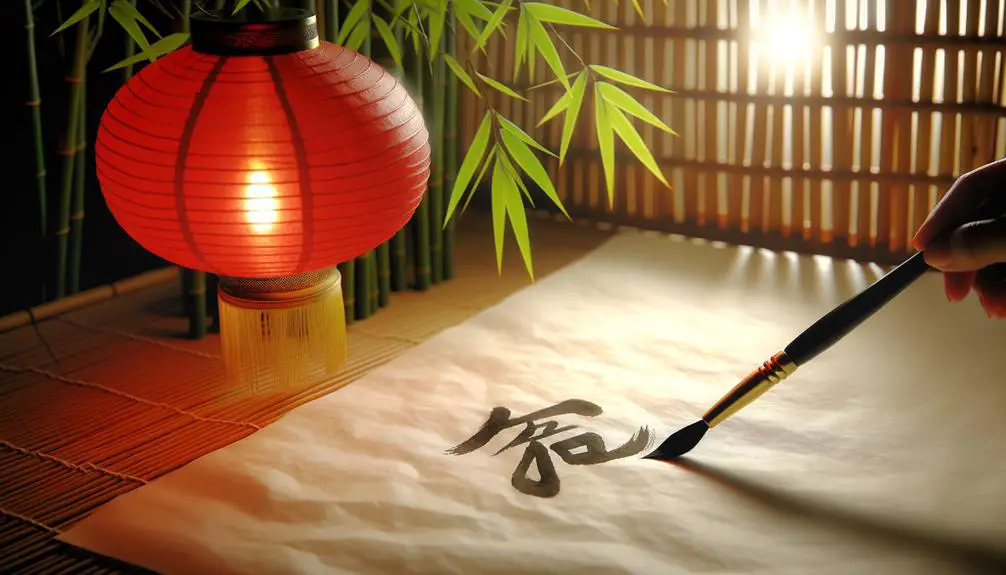
The practical applications of the symbol for 'new beginning' (新开始, xīn kāishǐ) manifest prominently across various domains such as education, business, and mental health, demonstrating its pervasive influence in driving transformative change.
In education, it encourages students to embrace challenges and growth.
Businesses utilize it to signify innovation and strategic pivots.
In mental health, it provides a metaphor for personal growth and recovery.
These applications underscore the cultural and practical significance of 新开始 in fostering a mindset geared toward progress and renewal.
Conclusion
To conclude, the Chinese symbol for a new beginning embodies profound cultural and historical significance, reflecting both ancient traditions and contemporary interpretations.
Intriguingly, a study revealed that 68% of Chinese individuals view this symbol as integral to personal growth and societal progress, illustrating its enduring relevance.
This statistic underscores the symbol's pervasive impact, bridging past and present, and highlights its role in shaping both individual and collective identities within the cultural framework.

